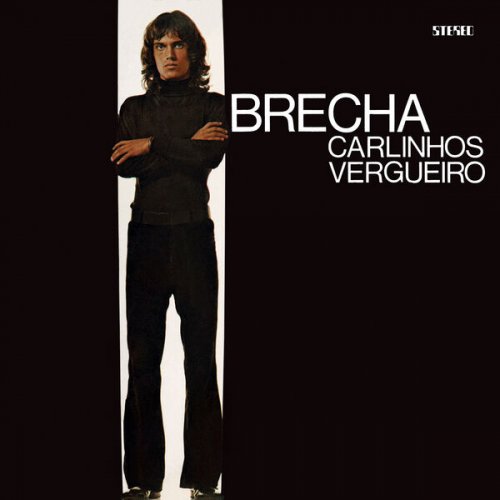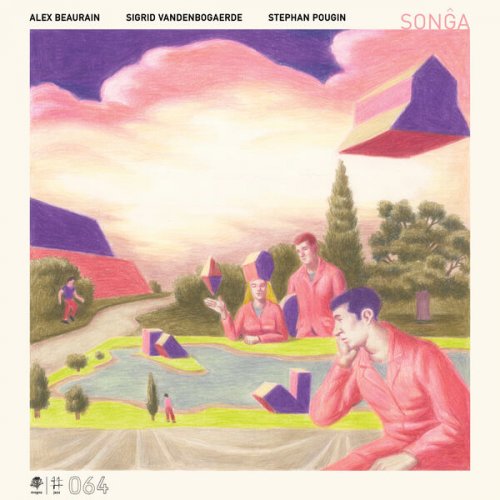World Saxophone Quartet - Rhythm & Blues (1989)
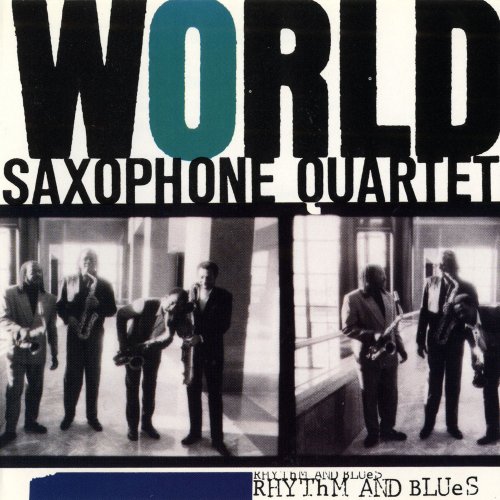
Artist: World Saxophone Quartet, Julius Hemphill, Oliver Lake, Hamiet Bluiett, David Murray
Title: Rhythm & Blues
Year Of Release: 1989
Label: Rhino - Elektra
Genre: Jazz
Quality: FLAC (tracks)
Total Time: 40:30
Total Size: 246 MB
WebSite: Album Preview
Tracklist:Title: Rhythm & Blues
Year Of Release: 1989
Label: Rhino - Elektra
Genre: Jazz
Quality: FLAC (tracks)
Total Time: 40:30
Total Size: 246 MB
WebSite: Album Preview
1. For The Love Of Money (04:13)
2. Let's Get It On (05:33)
3. I Heard That (04:48)
4. Loopology (03:09)
5. (Sittin' On) The Dock Of The Bay (04:30)
6. Messin' With The Kid (04:05)
7. Try A Little Tenderness (06:30)
8. Nemesis (03:01)
9. Night Train (04:06)
Review by Scott Yanow
With tunes such as "Let's Get It On," "(Sittin' On) The Dock of the Bay," "Try a Little Tenderness" and "Night Train" being included, this CD certainly qualifies as one of the most unusual of all the World Saxophone Quartet recordings. Far from being a sellout to commercialism, this set features the WSQ (altoists Julius Hemphill and Oliver Lake, tenor saxophonist David Murray and baritonist Hamiet Bluiett) meeting the six soul and R&B tunes (which are joined by three complementary originals) head on. The WSQ was always open to playing rhythmically and was not allergic to strong melodies while including solo and group improvisations that were quite advanced. The combination works quite well on this surprising success.
With tunes such as "Let's Get It On," "(Sittin' On) The Dock of the Bay," "Try a Little Tenderness" and "Night Train" being included, this CD certainly qualifies as one of the most unusual of all the World Saxophone Quartet recordings. Far from being a sellout to commercialism, this set features the WSQ (altoists Julius Hemphill and Oliver Lake, tenor saxophonist David Murray and baritonist Hamiet Bluiett) meeting the six soul and R&B tunes (which are joined by three complementary originals) head on. The WSQ was always open to playing rhythmically and was not allergic to strong melodies while including solo and group improvisations that were quite advanced. The combination works quite well on this surprising success.
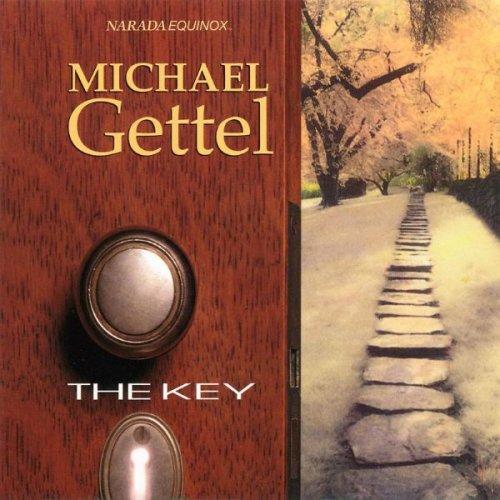
![Betty Carter - The Music Never Stops (2019) [Hi-Res] Betty Carter - The Music Never Stops (2019) [Hi-Res]](https://www.dibpic.com/uploads/posts/2025-12/1765896843_bcmn500.jpg)
![Cornelius Claudio Kreusch - Scoop (2025) [Hi-Res] Cornelius Claudio Kreusch - Scoop (2025) [Hi-Res]](https://www.dibpic.com/uploads/posts/2025-12/1765893706_folder.jpg)
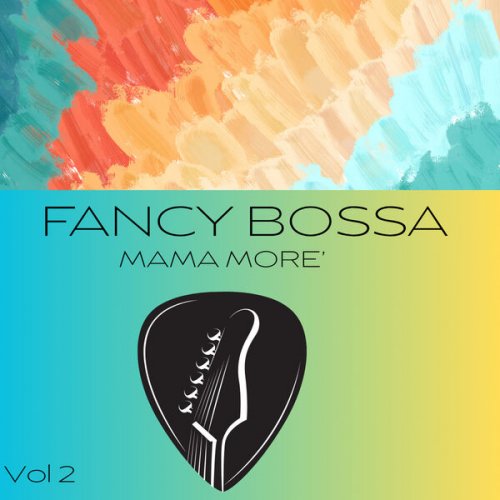

![Tomasz Stanko, Polskie Radio - Jazz Rock Company: Live at Akwarium (Polish Radio Sessions vol. 6/6) (2025) [Hi-Res] Tomasz Stanko, Polskie Radio - Jazz Rock Company: Live at Akwarium (Polish Radio Sessions vol. 6/6) (2025) [Hi-Res]](https://www.dibpic.com/uploads/posts/2025-12/1765796554_cover.jpg)
